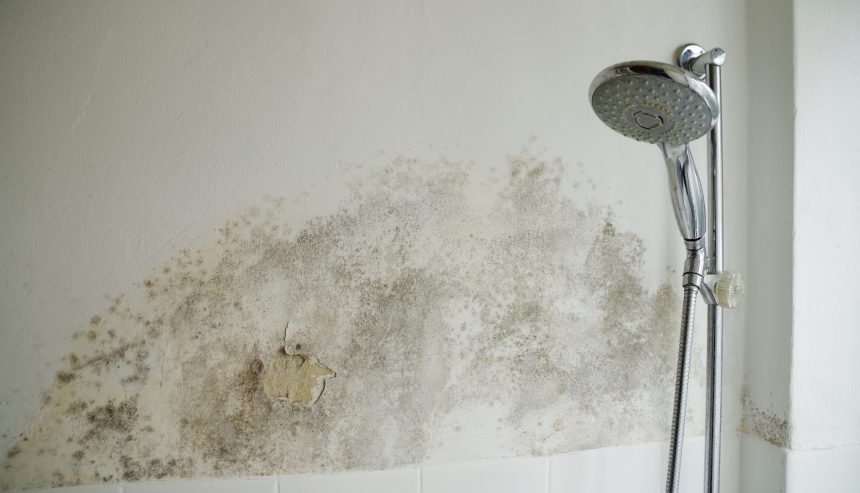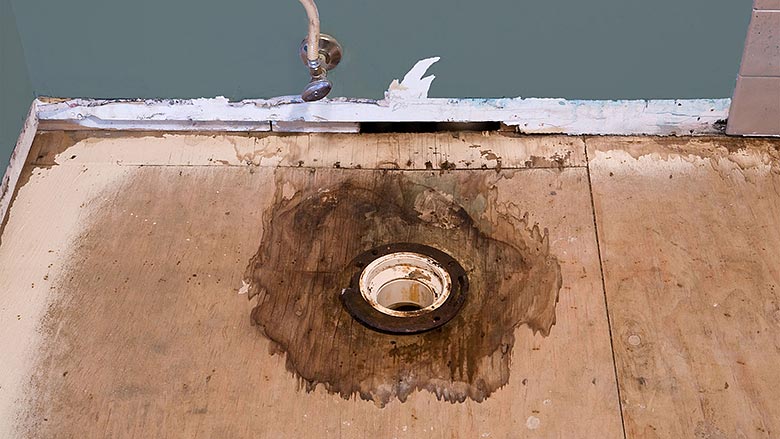Avoiding Water Damage in the Bathroom
ExploreThe author is making several great pointers related to How to Fix a Water Damage Bathroom overall in this great article below.

The shower room is extremely vulnerable for moist build-up and also potential water damage because of the regular use water in it. This article provides basic assessment strategies to help discovering water damages threats.
The frequent use of water in the shower room makes it exceptionally vulnerable for moist build-up as well as possible water damages. By inspecting it frequently, you can decrease water related problems.
The complying with collection of examinations is easy to perform and should be done when in every three months in order to keep your shower room in good shape as well as to avoid possible water problems brought on by the bath tub, the shower, pipeline joints and also plumbing, sinks, closets, and the toilet
Do not neglect performing these inspections and be comprehensive while doing them. Keep in mind that these simple inspections can save you a lot of money by providing early indications for water damages
Bath tub and also Shower
The shower and also bath tub need unique focus and also upkeep. Inspect the ceramic tiles as well as replace if broken. Make sure that there is no missing cement in between the floor tiles. Check as well as replace cracked caulking at joints where the walls fulfill the flooring or the tub. Blocked drains and also pipelines issues will avoid the bathtub from drying out and also might indicate serious troubles underneath the tub. Speak with a professional immediately to avoid structural damage. Take notice of stainings or soft areas around the bathtub wall surfaces as they may indicate an inner leakage.
Plumbing
Signs for water damage are tough to find because most pipelines are installed inside the wall surfaces.
Pay unique attention to floor covering as well as walls dampness as well as stains as they may show an unseen plumbing issue. Check dampness levels in adjacent spaces too.
Sinks as well as Cabinets
Sinks and closets are subjected to dampness as well as humidity day-to-day and are usually ignored. Inspect on a regular basis under the sink and on the kitchen counter above it. Fix any drip in the catch as it may recommend drain troubles. Take a look around the sink, slow-moving draining pipes might suggest a blocked drainpipe. Replace sink seals if they are split or loosened.
The Bathroom
The commode is a susceptible water joint. Check the water lines and also search for leakages around the bathroom seat, in the tube, and also under the water tank. If you detect any type of signs of dampness on the flooring around the toilet, look for leaks in the toilet rim and also storage tank seals.
Realize that hanging toilet bowl deodorants increases the opportunities for obstructions.
Water Damage Signs In The Bathroom To Avoid Cleanup
Musty smell
This is one of the easiest signs to catch because musty smells are so odorous. The damp, earthy, moldy smell should be a big red flag. The smell will develop when moisture gets trapped in surfaces, and begins to facilitate mold growth. Leaking pipes under cabinets, inside walls, and behind shower fixtures will cause moisture to stay trapped and not dry, which will lead to mold growth and spread. As soon as you notice any musty smells in your bathroom, have it checked for hidden water damage and cleanup signs.
Visible mold
If the smell isn’t there to give it away, sometimes you will actually see mold growth. Finding mold in your bathroom is a serious problem, because mold is very harmful to your health. By the time mold growth is visible, it also means that water damage has already occurred and been present for some time. The only way the mold problem can be resolved is to find the source of the moisture and get it stopped. To safely and adequately remove mold, you need to have professionals handle the remediation. Do not waste any time in getting mold problems addressed, fixed, and sanitized so that you can protect you and your family from the many respiratory symptoms caused by mold exposure.
Damaged floors
Bathroom floors should be able to withstand some exposure to water while still remaining in good condition. However, when excess exposure or water leaks occur, they will begin to damage even the most water-resistant flooring. If you notice any cracking, bubbling, staining, or warping on your bathroom floors, there is probably a water leak somewhere causing the distortion. If you notice areas of the floor have become softer, or even have a spongy feeling, there is probably damage to the subfloor. Subflooring is typically made up of plywood. When plywood is exposed to water or moisture, it will absorb it. Once it has become saturated, the weight of the excess water will cause the wood to swell and soften. Check the floors in your bathroom frequently to catch any of these sings before they lead to damaged subflooring.
Changes on walls
When water leaks behind walls, it will cause changes in the drywall. Peeling plaster, blistering paint, and soggy wallpaper are all good indicators that excess water is building up behind the wall. Water leaking behind drywall will cause it to swell and be soft to the tough. If you start to notice gaps along the trim of your walls, or where tile meets the wall, it could also be a strong indicator that there is a leak behind the wall. Any changes, distortion, or damage on the walls should be evaluated as soon as you notice it to prevent further water damage and cleanup.

We are very drawn to Looking for Signs of Water Damage in the Bathroom and I hope you appreciated my blog post. Are you aware of anybody else who is fascinated by the topic? Be sure promote it. Thank-you for taking the time to read it.
Schedule Your Job Now